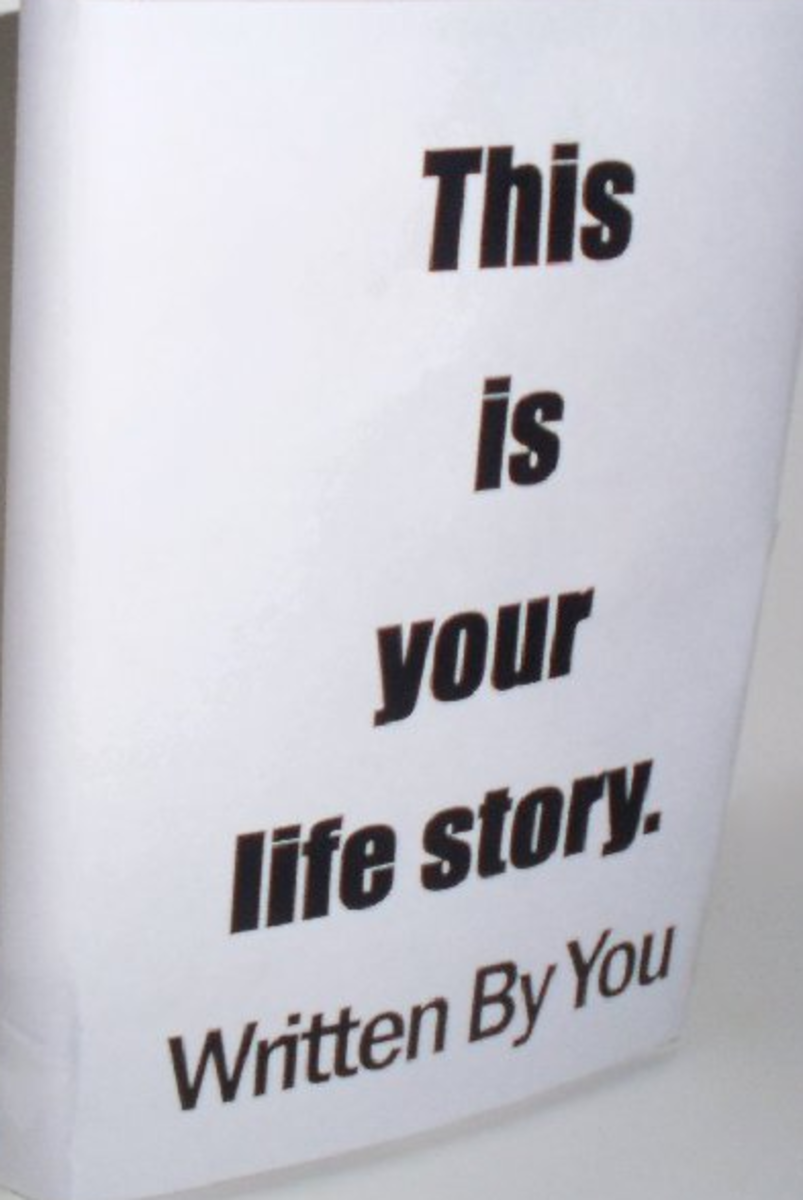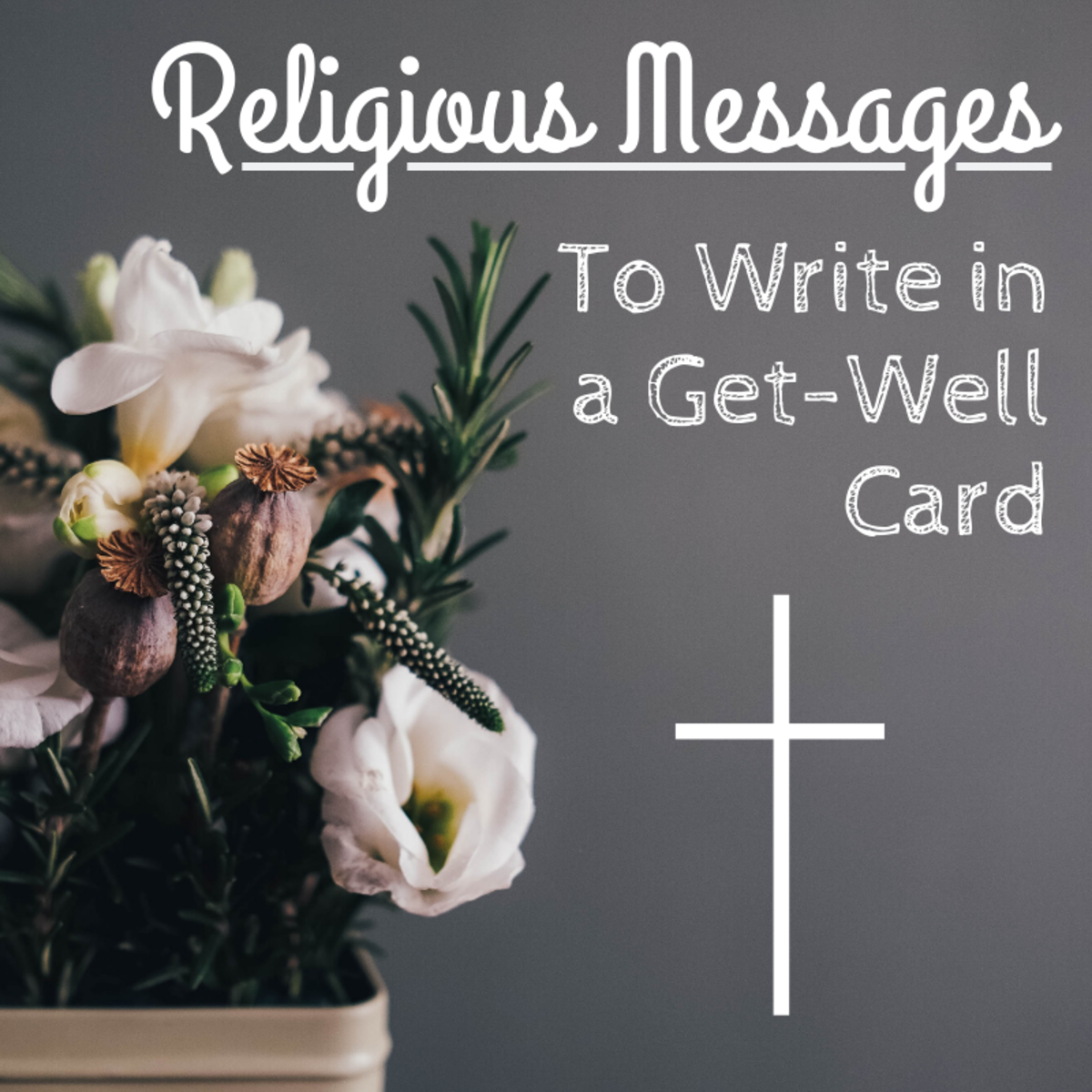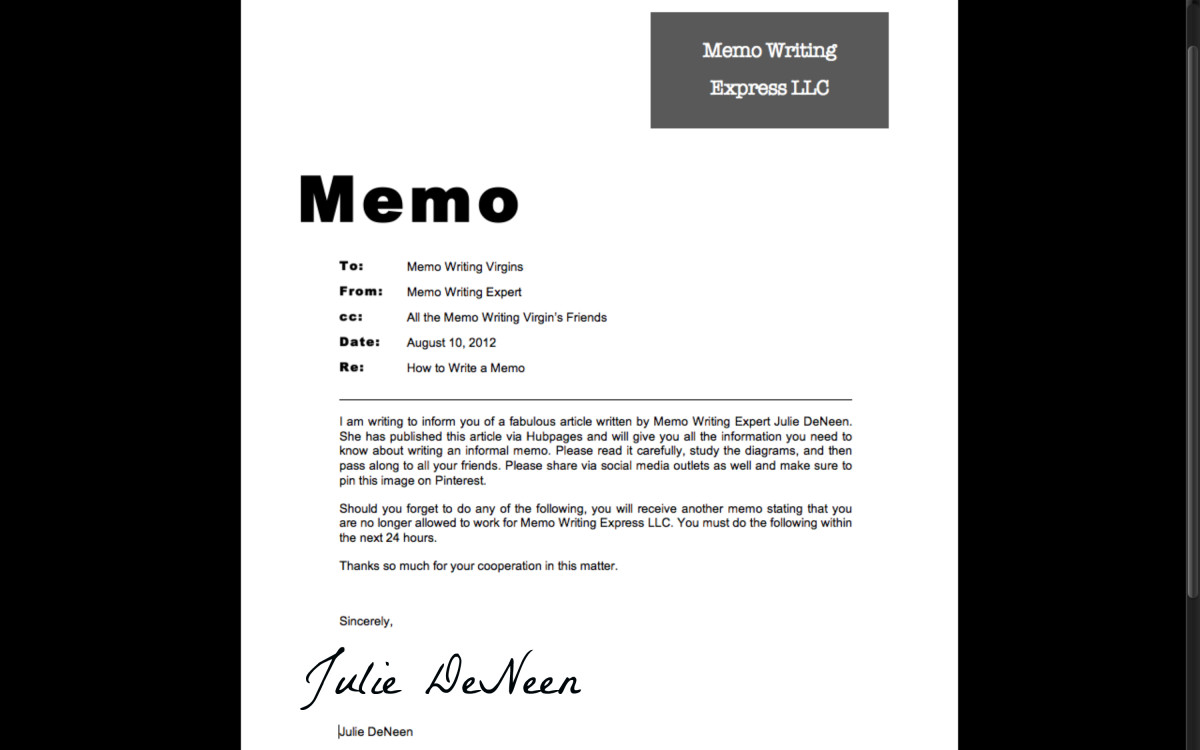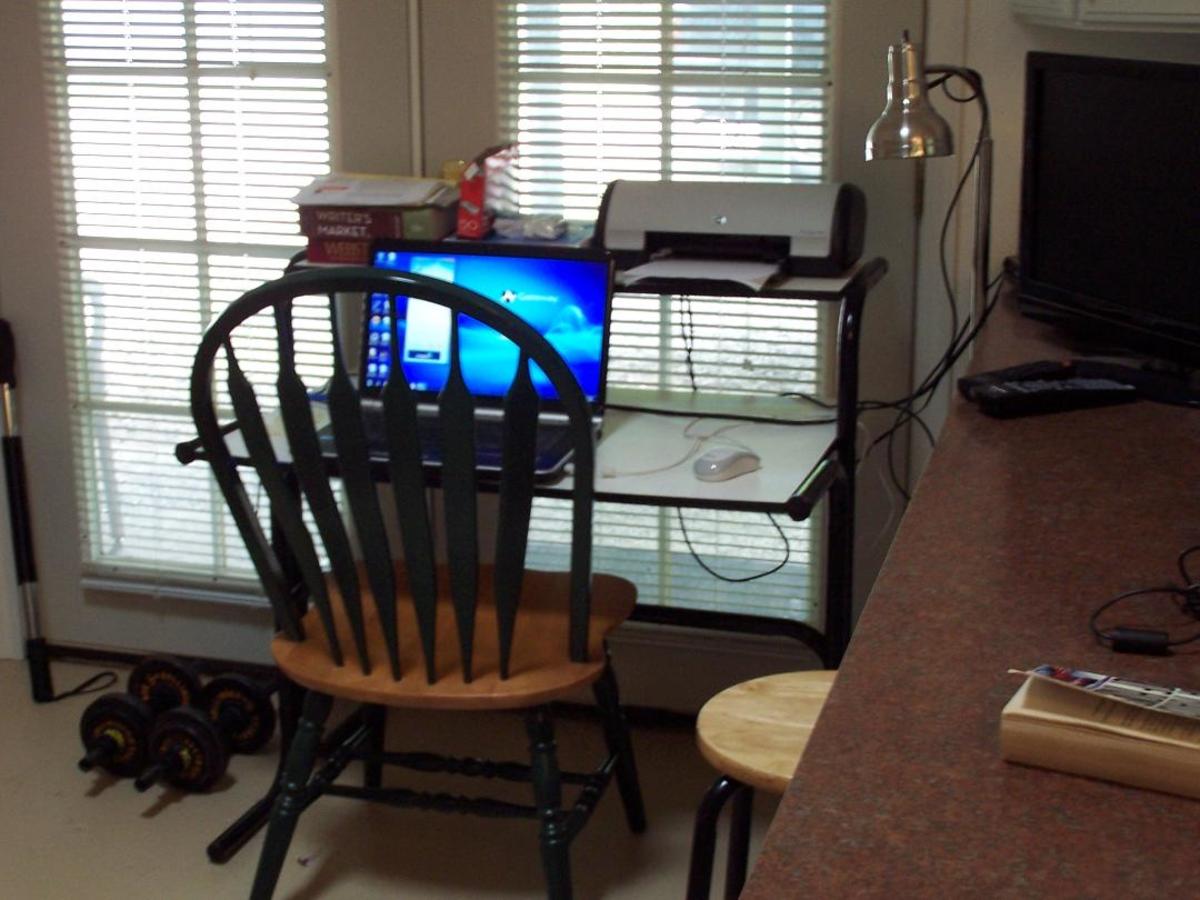How to Write a Fiction Piece
Writing the Perfect Fiction Piece
The secret to writing the perfect fiction piece is to base it on what you know. Model your characters after people you have observed, but not too closely. Mix a few different characteristics from different people in one character. Make the setting familiar but not identical to the ones in your life. You want to be relatable, and if you know what you are writing about, it will be easier for readers to follow your writing. You will also find it will be easier to advance the plot.
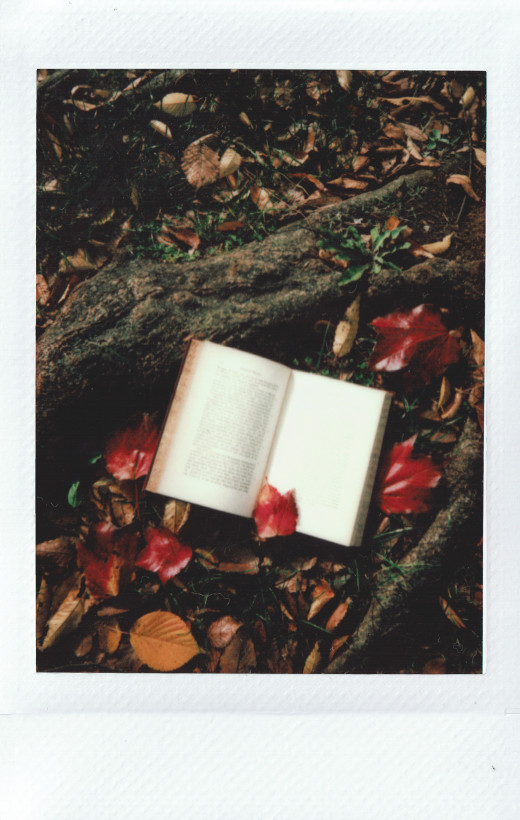



Is That Really All?
Of course there is more to it than just modeling it on what you know. The plot is important as well. You want your plot to be solid and easy to follow, but not predictable. I know it seems a little confusing, so let's break it down.
When writing a plot line, you should start with a brainstorming session before you even start to put the pieces together. Sit down and write down things you want to happen in the story. This section is things that you have to incorporate before the story is complete. (I.e. Main character has to get hit by a car and lose her memory) After you have that down, you then can start brainstorming things that you would like to add into your story, but that won't mess up the story line if they can't be squeezed in. Finally, brainstorm some non important events that you can use to fill in the dead space so that your story isn't over too soon. These are things like non essential conversations, maybe your character goes to their favorite store. Things that absolutely will not affect the plot but take the story from an entree to a five course meal.
Your next step in creating the perfect plot line is to create an outline. This is where you organize your thoughts you wrote down during brainstorming. This is not the rough draft so keep that in mind.
How Do I Write an Outline?
A good outline will look like this: (this is a mockup outline)
- Opening: KadiLee gets up for school, unaware of what was in store for her that day.
- Joshua is introduced to the story
- Max, Amy, and Laidy are introduced to the story
- Detention for the crew (first plot advancement)
- Description of detention (plot filler)
- Crew agrees to go to a party later that night (secondary level plot advancement)
- KadiLee goes shopping (non essential plot filler)
- Joshua calls KadiLee (plot filler)
- KadiLee gets ready for the party (secondary plot advancement)
- Crew gets to the party (plot filler)
- KadiLee starts drinking (Essential plot advancement)
- Crew leaves in a taxi minus KadiLee (secondary plot advancement)
- KadiLee meets a guy to dance with (plot filler)
- KadiLee decides to drive herself home (Essential plot advancement)
- Crash (main plot climax)
- Crash scene description (plot filler)
- KadiLee in a coma (essential plot advancement)
- Description of those who visit the hospital (plot filler)
- KadiLee wakes up (secondary climax)
- plot filler
- epilogue
so on and so forth. of course after your secondary climax (or primary if you have a short story you are writing) you will have a lot more stuff in there. This is just a mock up to give you an idea of how little goes into your outline.

Is That All?
After your outline is finished, you can move onto the rough draft. This is where you add all the minor details, and fill out the outline. Remember, this is just a rough draft. If it isn't perfect, that is okay! Just get the words out, and go from there.
From the rough draft you can do some editing, and change some things that you thought would fit, but don't when you get it all put together. In the final editing phase you will rewrite and rewrite til it feels like your brain is about to fall out. Trust the process, because when you are done, you will have a piece to be proud of.
And that is how you write the perfect fiction piece. Organization, and writing about what you know are the keys to success. You will find that with these tips, you may experience less writer's block, and are producing better results. Hope this helps, and enjoy!


